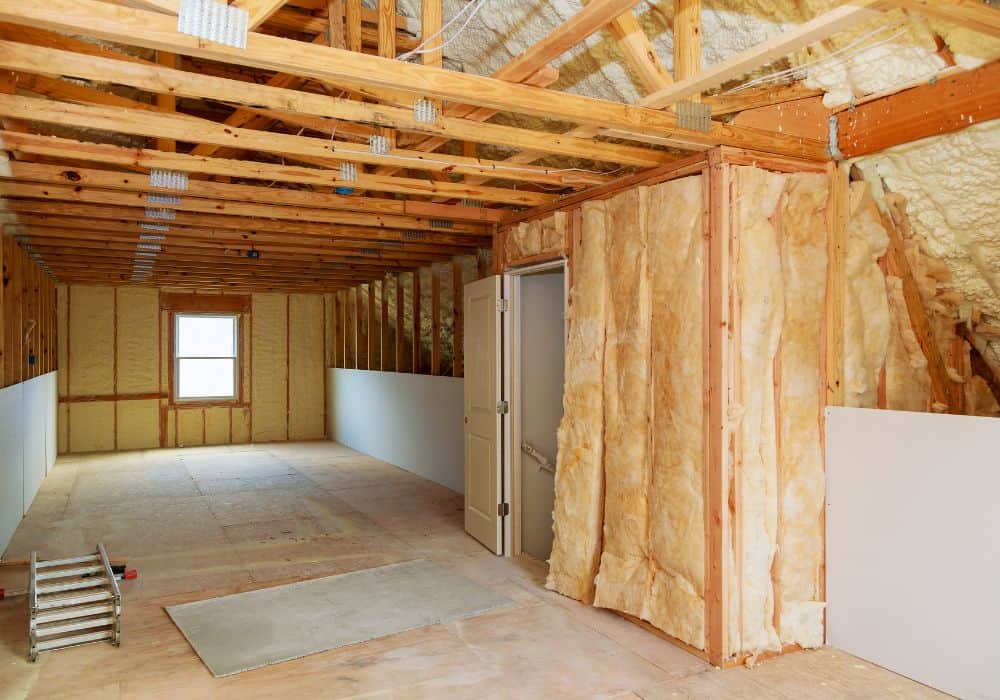

Articles
What Is R-15 Insulation
Modified: December 7, 2023
Looking for articles on R-15 insulation? Find out everything you need to know about R-15 insulation and its benefits in our comprehensive guide.
(Many of the links in this article redirect to a specific reviewed product. Your purchase of these products through affiliate links helps to generate commission for Storables.com, at no extra cost. Learn more)
Introduction
Welcome to the world of R-15 insulation! If you’re in the process of building or renovating your home, it’s crucial to have a basic understanding of insulation options and their benefits. In this article, we will explore the ins and outs of R-15 insulation, its definition, how it works, and why it’s worth considering for your project.
Insulation is an essential component of any structure, providing thermal resistance to heat flow. It helps to regulate indoor temperature, reduce energy consumption, and create a comfortable living environment. R-15 insulation refers to a specific type of insulation material with a thermal resistance value of 15.
As the demand for energy-efficient homes continues to grow, it’s important to choose insulation that meets modern standards. R-15 insulation is designed to provide enhanced insulation capabilities, helping to reduce energy costs and to promote environmental sustainability.
In the following sections, we will delve deeper into the world of R-15 insulation, exploring how it works, its benefits, the types of materials used, the installation process, factors to consider before choosing R-15 insulation, and some frequently asked questions.
By the end of this article, you will have a comprehensive understanding of R-15 insulation and its significance in creating an energy-efficient and comfortable space.
Key Takeaways:
- R-15 insulation offers enhanced energy efficiency, comfort, and noise reduction, making it a valuable choice for creating a sustainable and comfortable living environment in regions with moderate to cold climates.
- Careful consideration of factors such as climate, building design, budget, and sustainability is crucial when choosing R-15 insulation. Consulting with insulation professionals can ensure optimal insulation performance and long-term benefits.
Read more: What R Insulation For Attic
Definition of R-15 Insulation
R-15 insulation refers to a type of insulation material that has a thermal resistance value, or R-value, of 15. The R-value measures the insulation material’s ability to resist heat flow. In simpler terms, a higher R-value indicates better insulation performance.
The value of R-15 signifies that this particular insulation material provides a significant level of thermal resistance. It is an excellent option for enhancing energy efficiency and maintaining comfortable indoor temperatures.
Insulation materials with an R-15 rating are often used in buildings and homes located in regions with moderate to cold climates. They provide insulation against both hot and cold temperatures, thus ensuring energy savings throughout the year.
R-15 insulation is commonly used to insulate walls, attics, and other areas where significant heat loss or gain occurs. It helps to reduce heat transfer through conduction, convection, and radiation. By blocking drafts and controlling the flow of heat, R-15 insulation improves the overall energy efficiency of a structure.
It is worth noting that not all insulation materials can achieve an R-15 rating. The specific type of material used and its thickness play a crucial role in determining the insulation’s thermal resistance value. Different insulation types, such as fiberglass, cellulose, or foam, can achieve the desired R-value.
Overall, R-15 insulation provides enhanced energy efficiency, comfort, and cost savings. By choosing insulation with a higher R-value like R-15, homeowners can create an insulated barrier that keeps their home warm in winter and cool in summer.
How R-15 Insulation Works
R-15 insulation works by minimizing the transfer of heat between the inside and outside of a building. It does so by reducing heat conduction, convection, and radiation, which are the three primary mechanisms of heat transfer.
Conduction is the transfer of heat through direct contact between materials. R-15 insulation materials, such as fiberglass or foam, have low thermal conductivity, meaning they are poor conductors of heat. This property helps to reduce heat transfer through solid surfaces, such as walls or ceilings.
Convection occurs when heat is transferred through the movement of fluids, such as air. R-15 insulation materials help to minimize convective heat transfer by trapping air in small pockets within the insulation. These air pockets act as barriers, reducing the flow of heat between the inside and outside of the building.
Radiation is the transfer of heat through electromagnetic waves. R-15 insulation materials have a low emissivity, meaning they are poor radiators of heat. This property helps to minimize heat transfer by reflecting and absorbing radiant energy, preventing it from entering or leaving the building.
Together, these mechanisms work in harmony to provide effective insulation. R-15 insulation materials create a thermal barrier that slows down the transfer of heat, helping to maintain a more stable indoor temperature regardless of the external climate.
When R-15 insulation is properly installed, it forms a continuous layer of insulation around the building envelope. This means that the walls, roof, and floor are all adequately insulated, leaving no gaps or areas of thermal bridging where heat can escape or enter.
It’s important to note that the effectiveness of R-15 insulation also depends on factors such as the thickness and density of the insulation material. Thicker and denser insulation generally provides better thermal resistance, resulting in improved energy efficiency and comfort.
Overall, R-15 insulation works by significantly reducing heat transfer through conduction, convection, and radiation. It creates a thermal barrier that keeps the interior of the building at a more stable temperature, leading to increased energy efficiency and improved comfort levels for occupants.
Benefits of Using R-15 Insulation
Using R-15 insulation in your building project can offer numerous benefits. Let’s explore some of the key advantages of incorporating R-15 insulation into your home or commercial space:
- Improved Energy Efficiency: R-15 insulation provides a higher level of thermal resistance, reducing the transfer of heat between the inside and outside of the building. This improved insulation performance helps to minimize energy loss and reduce the workload on heating and cooling systems, leading to lower energy consumption and cost savings over time.
- Enhanced Comfort: By reducing heat transfer, R-15 insulation helps to create a more comfortable indoor environment. It helps to maintain more stable temperatures throughout the year, preventing cold spots in winter and excessive heat in summer. This consistent comfort level significantly improves the overall living or working experience for occupants.
- Noise Reduction: R-15 insulation materials have the additional benefit of sound absorption. By creating a barrier against outside noise, R-15 insulation can help reduce unwanted sounds from entering the building and provide a quieter and more peaceful indoor environment.
- Environmental Sustainability: R-15 insulation, with its enhanced thermal resistance, promotes energy efficiency and reduces greenhouse gas emissions. By minimizing the use of heating and cooling systems, it helps to conserve energy resources and mitigate the negative impacts on the environment.
- Improved Property Value: Investing in R-15 insulation can increase the value of your property. Energy-efficient homes are highly desirable in the real estate market, and having R-15 insulation already installed can attract potential buyers and give your property a competitive edge.
It’s important to note that the benefits of R-15 insulation can vary depending on factors such as climate, building design, and installation quality. Consulting with a professional insulation contractor or conducting thorough research will help you make informed decisions about incorporating R-15 insulation into your project.
Overall, the increased energy efficiency, enhanced comfort, noise reduction, environmental sustainability, and potential property value boost make R-15 insulation an excellent choice for any building project.
Types of Materials Used for R-15 Insulation
There are several types of insulation materials that can achieve the desired R-15 thermal resistance value. Let’s explore some common options:
- Fiberglass: Fiberglass insulation is one of the most popular choices for R-15 insulation. It is made of tiny strands of glass fibers that are spun and woven together. Fiberglass insulation is effective in reducing heat transfer through conduction and is available in various forms, including batts, rolls, and loose-fill. It is relatively affordable and easy to install, making it a common choice for both DIY projects and professional installations.
- Cellulose: Cellulose insulation is another option for achieving R-15 thermal resistance. It is made primarily of recycled paper, treated to resist fire, insects, and mold. Cellulose insulation is known for its excellent thermal performance and ability to fill gaps and irregular spaces effectively. It is often blown into walls or attics, providing a seamless and airtight insulation layer. Cellulose insulation is eco-friendly and offers good sound dampening properties.
- Spray Foam: Spray foam insulation is a versatile option that can achieve high R-values, including R-15. It is applied as a liquid that expands and hardens into a solid foam, providing an excellent air seal and thermal barrier. Spray foam insulation offers superior insulation performance, as it can fill even the smallest gaps and cracks. It is often used in new construction and renovation projects, where a high level of energy efficiency is desired.
- Rigid Foam: Rigid foam insulation is a lightweight and durable option for achieving R-15 thermal resistance. It comes in rigid panels or boards made of polystyrene, polyisocyanurate, or polyurethane. Rigid foam insulation provides high insulation values, excellent moisture resistance, and structural stability. It is commonly used in areas such as foundations, basement walls, and exterior insulation systems.
- Natural Fiber: Natural fiber insulation, such as sheep’s wool or cotton batts, can also achieve R-15 thermal resistance. These materials offer excellent thermal performance and are often preferred for their sustainability and low environmental impact. Natural fiber insulation is typically more expensive than traditional insulation options but provides excellent moisture management and sound absorption properties.
Choosing the right insulation material for your project depends on factors such as budget, climate, installation requirements, and personal preferences. Consulting with an insulation professional can help you determine the most suitable insulation material for achieving R-15 thermal resistance in your specific application.
Remember to consider factors such as fire resistance, moisture management, and any potential allergens when selecting your insulation material. By choosing the appropriate material, you can ensure optimal insulation performance and long-term comfort.
R-15 insulation is a type of insulation that has a higher thermal resistance compared to lower R-value insulation. It is commonly used in walls, floors, and ceilings to improve energy efficiency and reduce heat transfer.
Read more: What Is R-38 Insulation
Installation Process for R-15 Insulation
Installing R-15 insulation requires careful planning and precise execution to ensure optimal performance. Here is a general guide to the installation process:
- Preparation: Before starting the insulation installation, ensure that the area is clean and free of any debris. Remove any existing insulation or obstacles that may hinder the installation process. Take safety precautions by wearing protective eyewear, gloves, and a mask if necessary.
- Measure and Cut: Measure the area where the R-15 insulation will be installed. Use a utility knife or insulation cutting tool to cut the insulation material to the appropriate size. It’s crucial to accurately measure and fit the insulation to minimize gaps and ensure a proper thermal barrier.
- Secure the Insulation: Depending on the insulation type, secure the R-15 insulation in place using the recommended method. For batts or rolls, staple or use insulation supports to secure the insulation to studs or joists. For spray foam or rigid foam, follow the manufacturer’s instructions for applying and securing the insulation in the desired location.
- Seal Gaps and Air Leaks: Inspect the area for any gaps, cracks, or air leaks. Use caulk or foam sealant to seal these openings, preventing any air infiltration or exfiltration that could compromise the insulation’s effectiveness. Pay particular attention to areas such as doors, windows, electrical outlets, and pipes.
- Ensure Proper Ventilation: Proper ventilation is essential to maintain indoor air quality and prevent moisture buildup. Install appropriate vents or vent baffles to allow for proper airflow and prevent condensation in areas such as attics and crawl spaces.
- Follow Safety Guidelines: During the installation process, follow safety guidelines to protect yourself and others. Be mindful of electrical wiring and fixtures, wear appropriate safety gear, and work in a well-ventilated area.
- Inspect and Test: Once the installation is complete, inspect the area to ensure that the insulation is properly installed and there are no gaps or compressed areas. Perform a thermal scan or energy audit to identify any potential insulation issues and address them promptly.
- Maintain Regular Insulation Maintenance: Regularly inspect your insulation to ensure it remains in good condition. Address any signs of damage, moisture, or pests promptly to prevent further issues. Regular maintenance will help maintain the insulation’s effectiveness over time.
It is important to note that the installation process may vary depending on the insulation material and the specific requirements of your project. It is recommended to consult with a professional insulation contractor who can provide guidance and ensure proper installation for maximum energy efficiency and comfort.
Proper installation of R-15 insulation is crucial to ensure its effectiveness in reducing heat transfer and improving energy efficiency. By following proper installation techniques and guidelines, you can achieve optimal insulation performance and enjoy the benefits of an energy-efficient space.
Factors to Consider before Choosing R-15 Insulation
Before selecting R-15 insulation for your project, it’s important to consider various factors that can impact its suitability and performance. Here are some key factors to keep in mind:
- Climate: Consider the climate of your region. R-15 insulation is typically suitable for moderate to cold climates. However, if you live in an area with extreme temperatures, you may need to consider higher R-values or additional insulation measures to ensure optimal energy efficiency and comfort.
- Building Design: Evaluate the design of your building. The type of construction, layout, and size of the space can influence the insulation requirements. Consider factors such as the presence of existing insulation, wall thickness, and potential thermal bridging points, and choose the insulation type and application method accordingly.
- Budget: Assess your budget for insulation installation. Different insulation materials can vary significantly in cost. Consider the upfront cost of materials, labor, and long-term energy savings to determine the most cost-effective option for your project. Remember to consider the potential return on investment and the increased property value that energy-efficient insulation can provide.
- Moisture Management: Consider the moisture levels in your building. Moisture can cause insulation to deteriorate and lose its effectiveness. Assess the moisture sources, such as leaks or high humidity, and choose an insulation material that is resistant to moisture or incorporates proper moisture management techniques. Ensure that the installation process includes proper sealing and ventilation to prevent moisture-related issues.
- Renewability and Sustainability: If environmental sustainability is a priority for you, consider insulation materials with high levels of renewability and low environmental impact. Materials like natural fibers, recycled materials, or foams made with eco-friendly manufacturing processes can be viable options. Look for certifications such as Energy Star or LEED to ensure your insulation meets sustainability standards.
- Fire Safety: Evaluate the fire safety requirements of your building. Some insulation materials have better fire resistance properties than others. Ensure that the chosen R-15 insulation material meets the necessary fire safety codes and regulations. Pay attention to areas such as attics, basements, and crawl spaces where fire hazards can be more prevalent.
- Installation Complexity: Consider the complexity of the installation process. Certain insulation materials, such as spray foam or rigid foam, may require professional installation due to their specific application methods. Evaluate your DIY skills and determine if you have the expertise to properly install the chosen insulation type. If necessary, consult with insulation professionals to ensure a successful installation.
By carefully considering these factors, you can make an informed decision about using R-15 insulation in your project. It’s advisable to seek advice from insulation experts or professionals who can assess your specific needs and recommend the most suitable insulation material and installation approach to achieve optimal energy efficiency and comfort in your space.
Common FAQs about R-15 Insulation
Here are some frequently asked questions about R-15 insulation:
- What is the difference between R-15 and other R-values?
- Where can R-15 insulation be used?
- What are the benefits of R-15 insulation?
- What materials are used for R-15 insulation?
- Can I install R-15 insulation myself?
- Is R-15 insulation fireproof?
- Does R-15 insulation help with soundproofing?
The R-value is a measure of thermal resistance. R-15 refers to a specific thermal resistance value of insulation, indicating its ability to resist heat flow. Other R-values, such as R-10 or R-20, represent different levels of thermal resistance. A higher R-value signifies better insulation performance.
R-15 insulation can be used in various areas of a building, including walls, attics, roofs, and floors. It is commonly used in regions with moderate to cold climates where enhanced insulation is necessary for energy efficiency and comfort.
R-15 insulation offers improved energy efficiency, enhanced comfort, noise reduction, environmental sustainability, and potential property value boost. It helps to reduce energy consumption, maintain stable indoor temperatures, and create a more comfortable living or working environment.
R-15 insulation can be made from materials such as fiberglass, cellulose, spray foam, or rigid foam. Each material has its own unique characteristics and benefits, so it’s important to consider factors like cost, installation method, fire resistance, and environmental impact when selecting the insulation material.
The installation of R-15 insulation can vary depending on the material and the complexity of the project. Materials like fiberglass batts or rolls can be installed as DIY projects with proper instructions and safety precautions. However, some materials like spray foam or rigid foam may require professional installation due to their specific application methods.
R-15 insulation materials have varying levels of fire resistance. It’s important to check the fire safety ratings and certifications of the chosen insulation material. Some materials may have built-in fire retardants, while others require additional fireproofing measures or the use of fire-resistant barriers in specific applications.
R-15 insulation materials, particularly those with higher densities, can provide some sound absorption properties and help reduce noise transmission. However, for effective soundproofing, additional measures such as using acoustic insulation or incorporating soundproofing techniques into building design may be necessary.
If you have specific questions about R-15 insulation or require further information, it is recommended to consult with insulation professionals or specialists who can address your concerns and provide tailored advice based on your unique project requirements.
Conclusion
In conclusion, R-15 insulation is a valuable option for improving the energy efficiency and comfort of your home or commercial space. With its enhanced thermal resistance, R-15 insulation helps to reduce heat transfer, decrease energy consumption, and create a more comfortable indoor environment.
By minimizing heat conduction, convection, and radiation, R-15 insulation acts as a barrier against temperature fluctuations, helping to maintain stable indoor temperatures throughout the year. This not only increases comfort for occupants but also reduces the reliance on heating and cooling systems, leading to energy and cost savings.
When considering R-15 insulation for your project, it’s important to assess factors such as climate, building design, budget, and environmental sustainability. By selecting the appropriate insulation material and installation method, you can ensure optimal insulation performance and long-term benefits.
Remember to consult with insulation professionals or specialists to determine the most suitable R-15 insulation material for your specific needs. They can offer expert advice on insulation selection, installation requirements, and maintenance recommendations.
Investing in R-15 insulation not only enhances the efficiency and comfort of your space but also adds value to your property. Energy-efficient homes are becoming increasingly desirable, and having R-15 insulation installed can attract potential buyers and contribute to a more sustainable living environment.
Incorporating R-15 insulation into your building project is a step towards creating an energy-efficient and comfortable space. By making an informed decision and partnering with experienced professionals, you can enjoy the benefits of reduced energy consumption, improved indoor comfort, and a greener, more sustainable future.
Frequently Asked Questions about What Is R-15 Insulation
Was this page helpful?
At Storables.com, we guarantee accurate and reliable information. Our content, validated by Expert Board Contributors, is crafted following stringent Editorial Policies. We're committed to providing you with well-researched, expert-backed insights for all your informational needs.
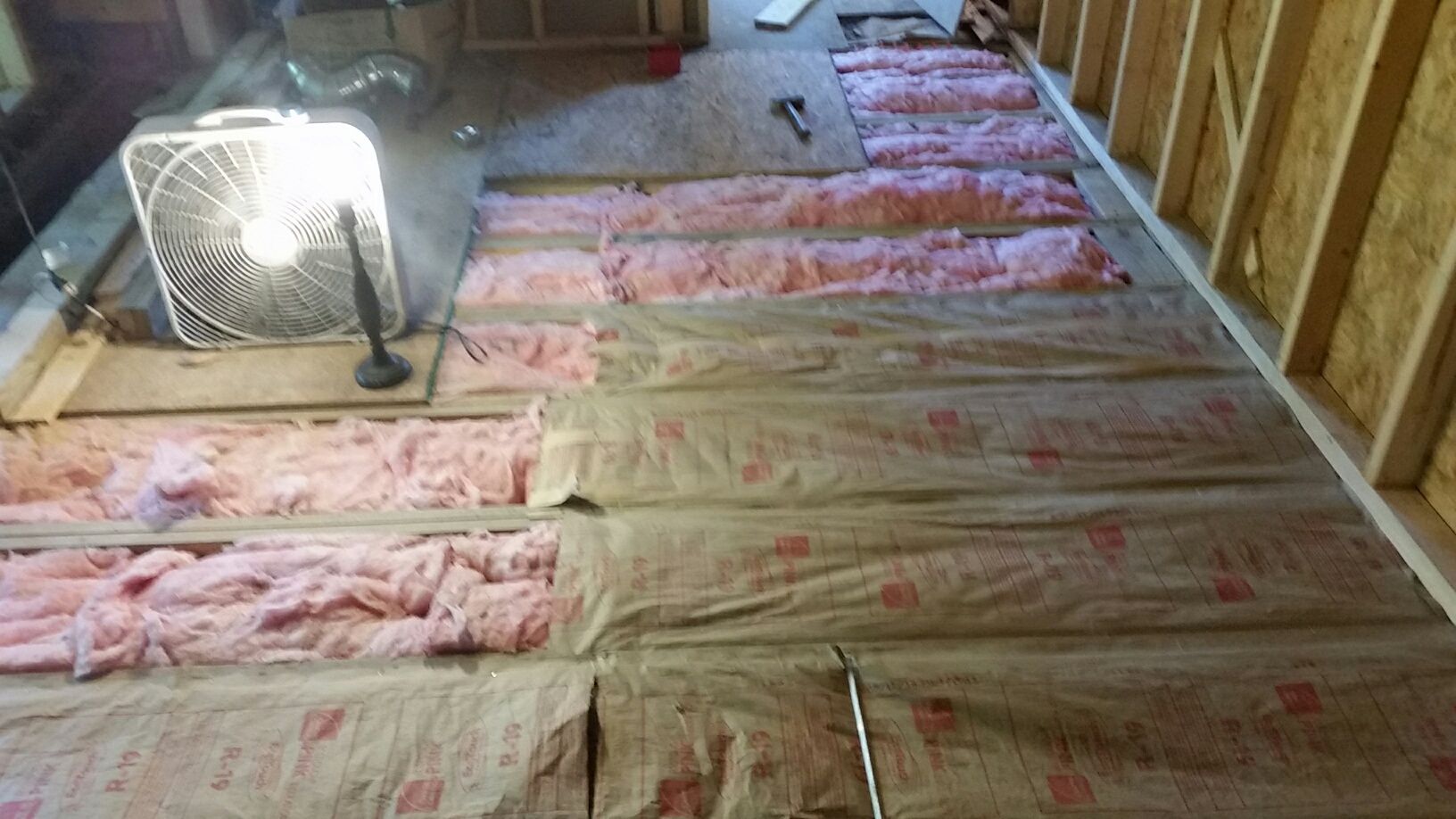
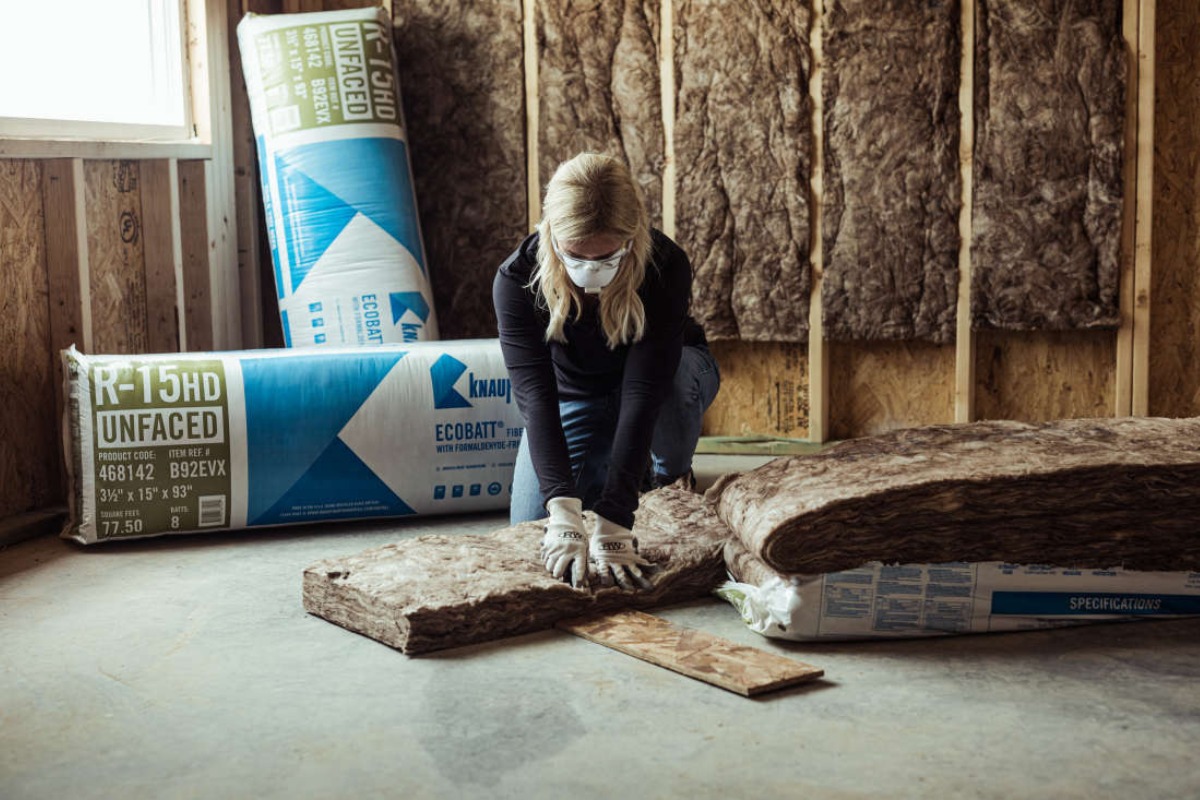
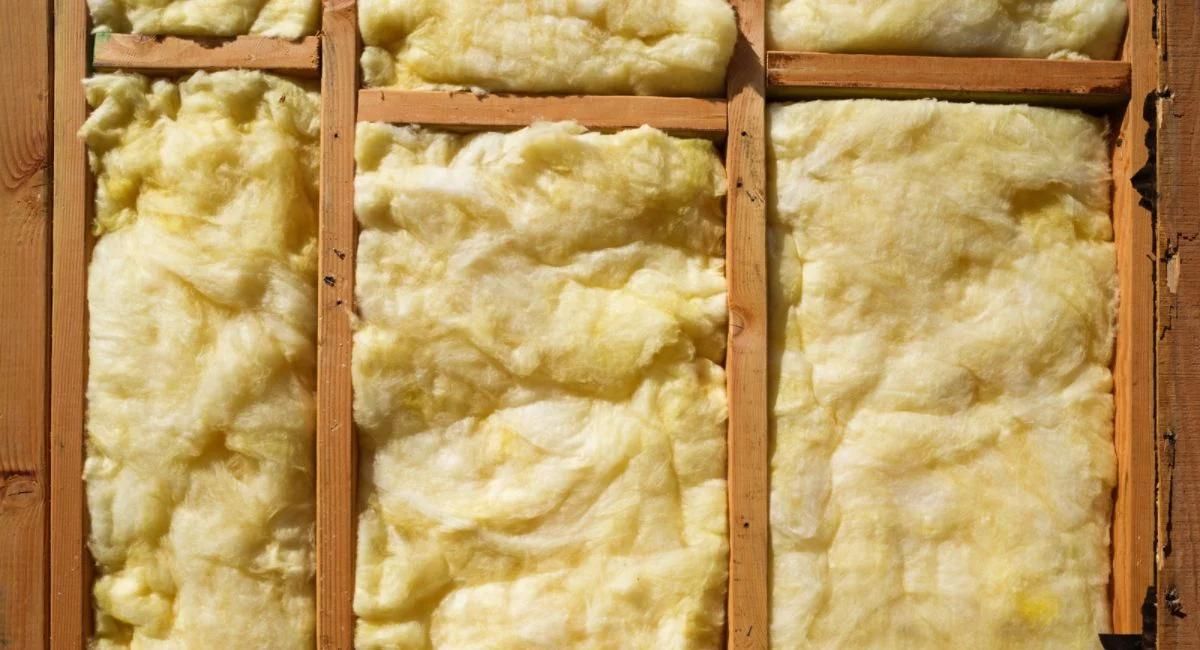
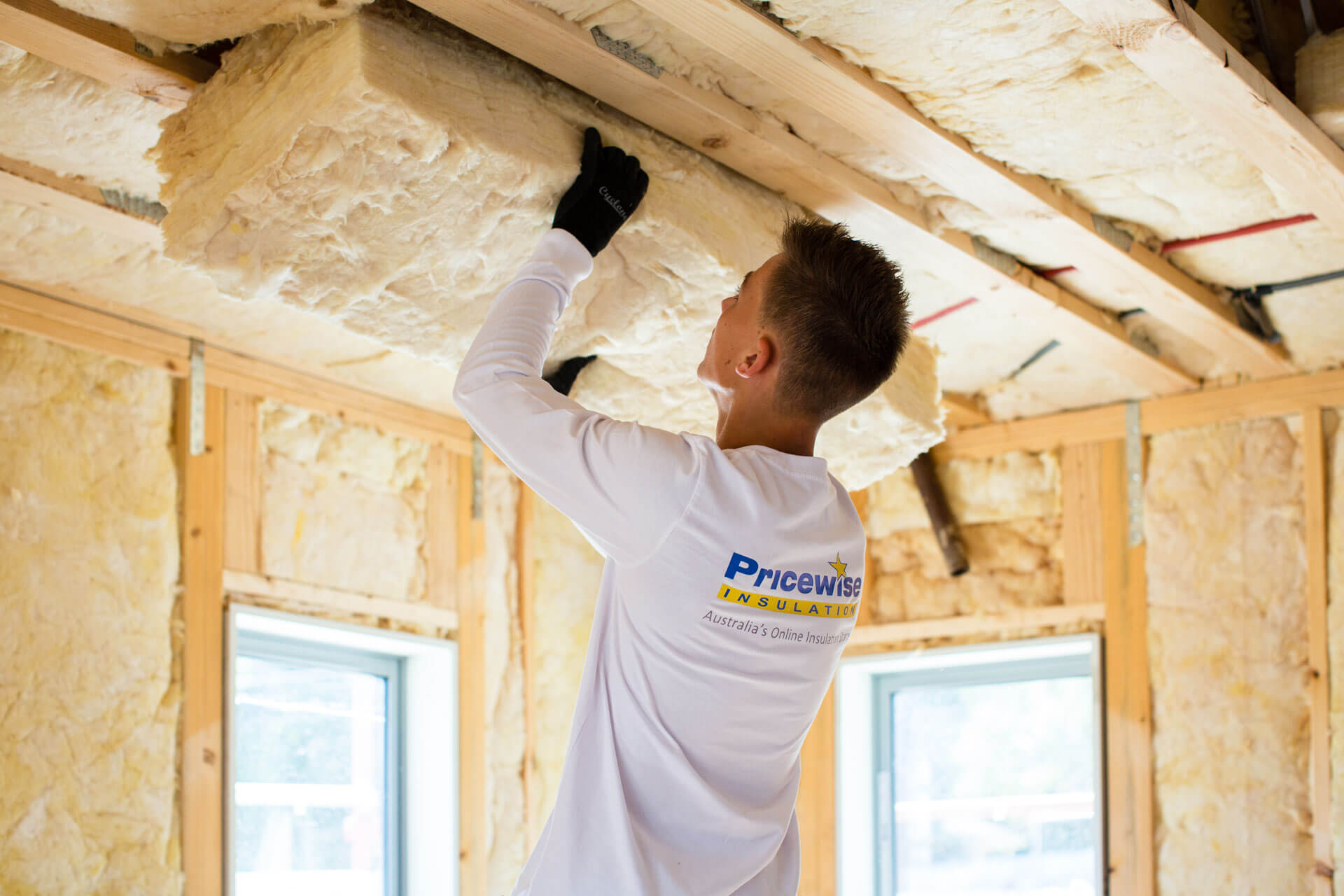
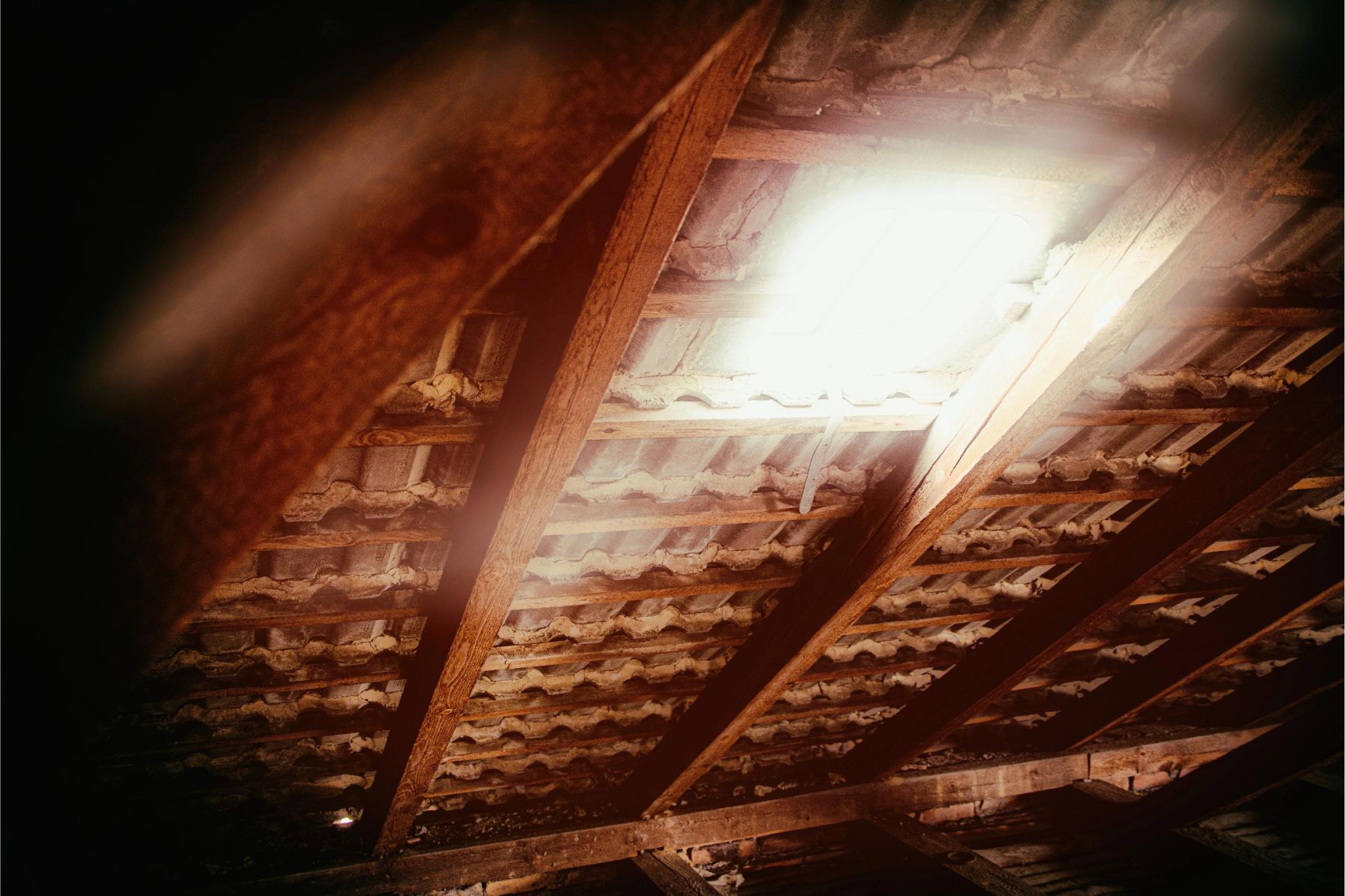
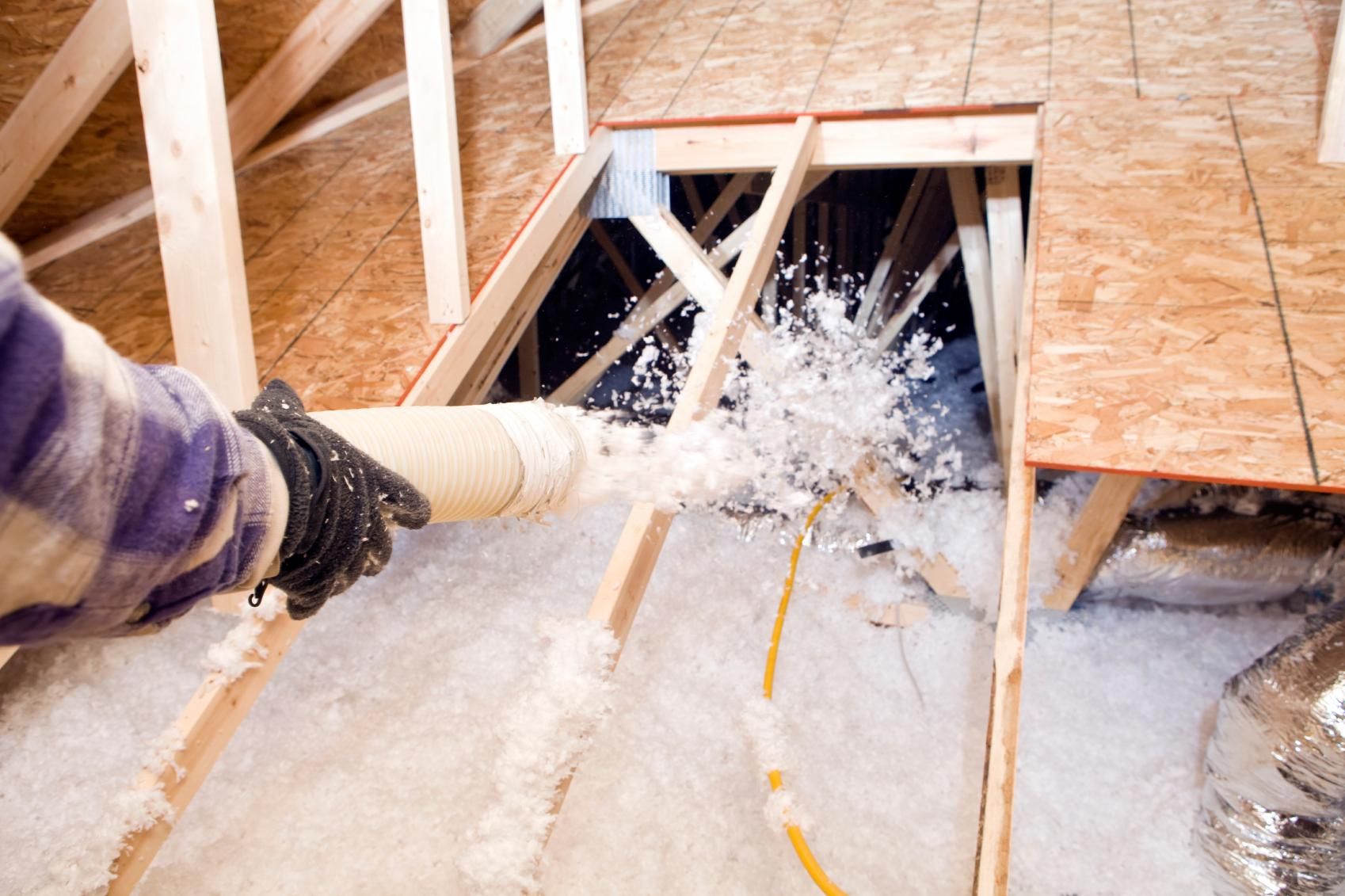
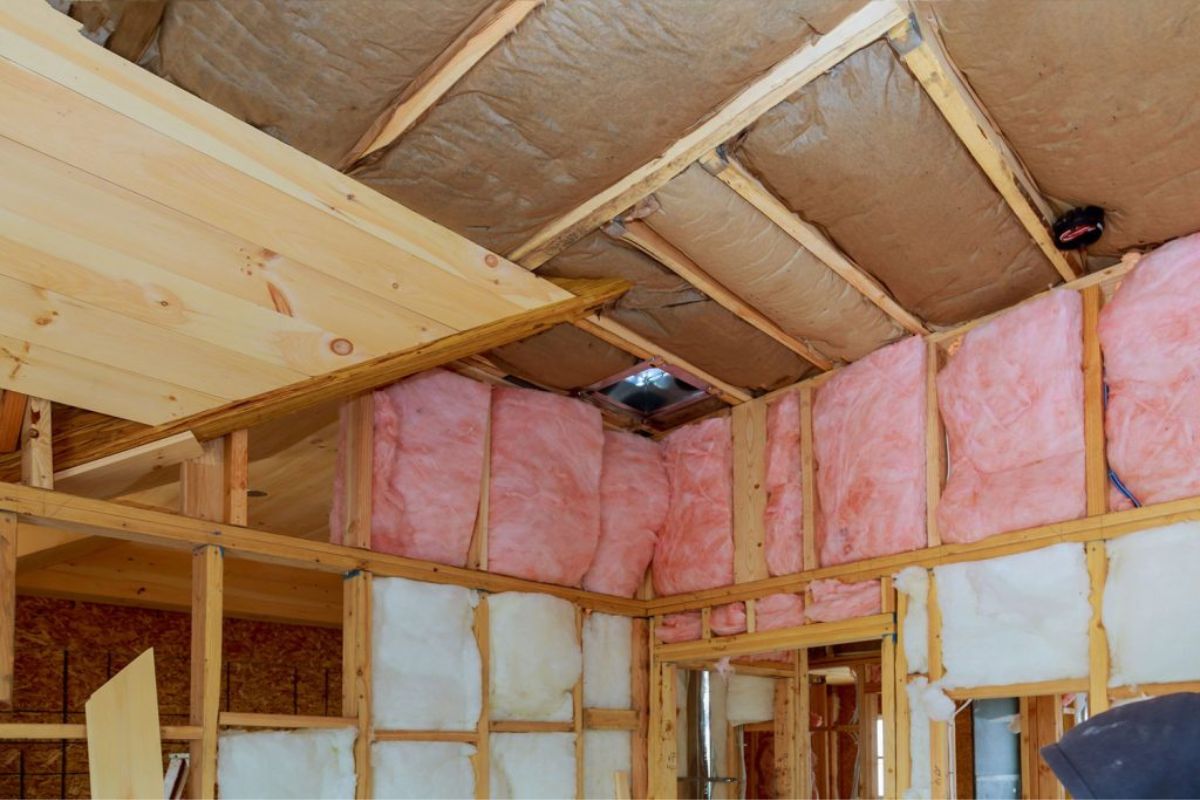
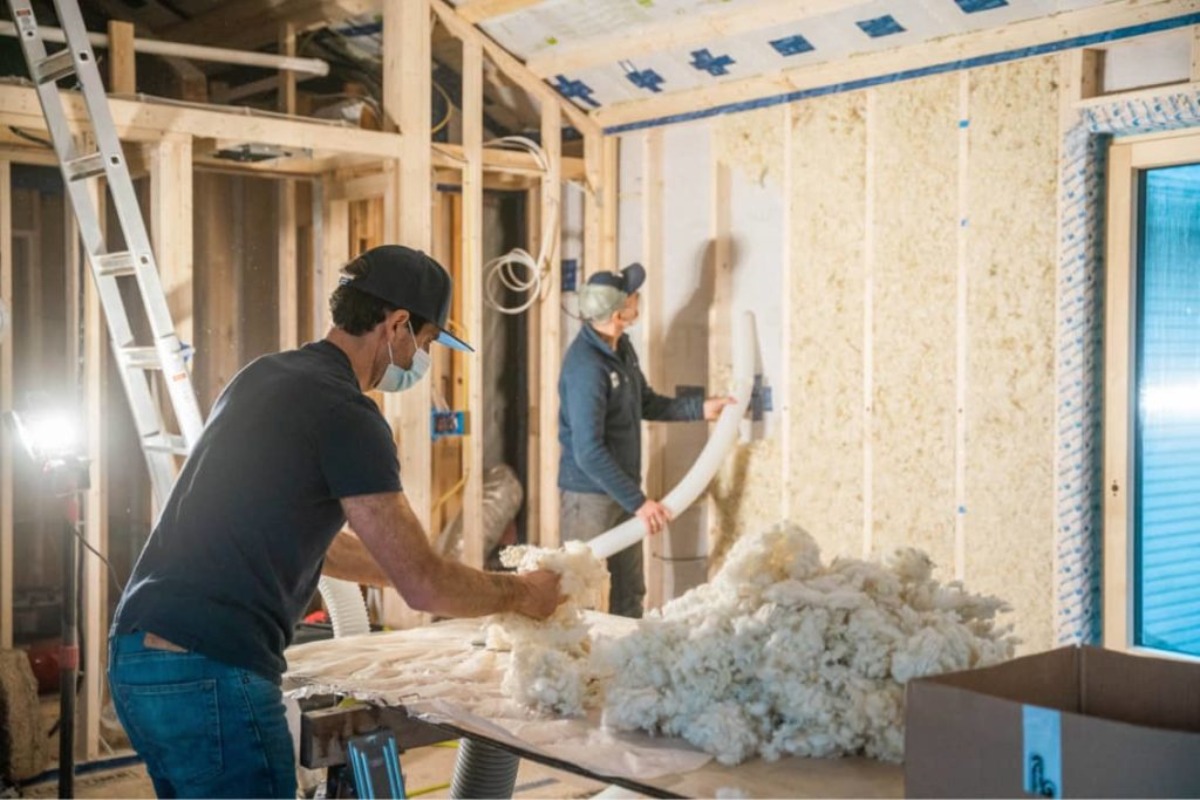
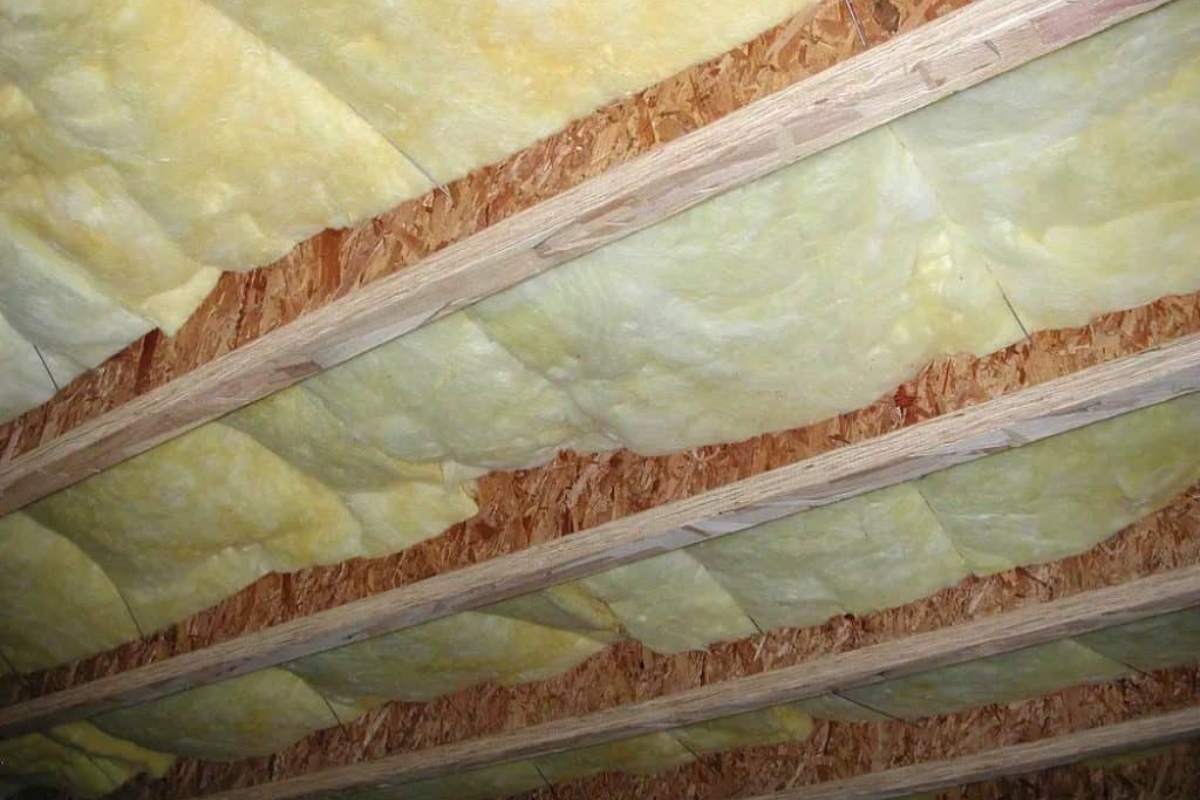
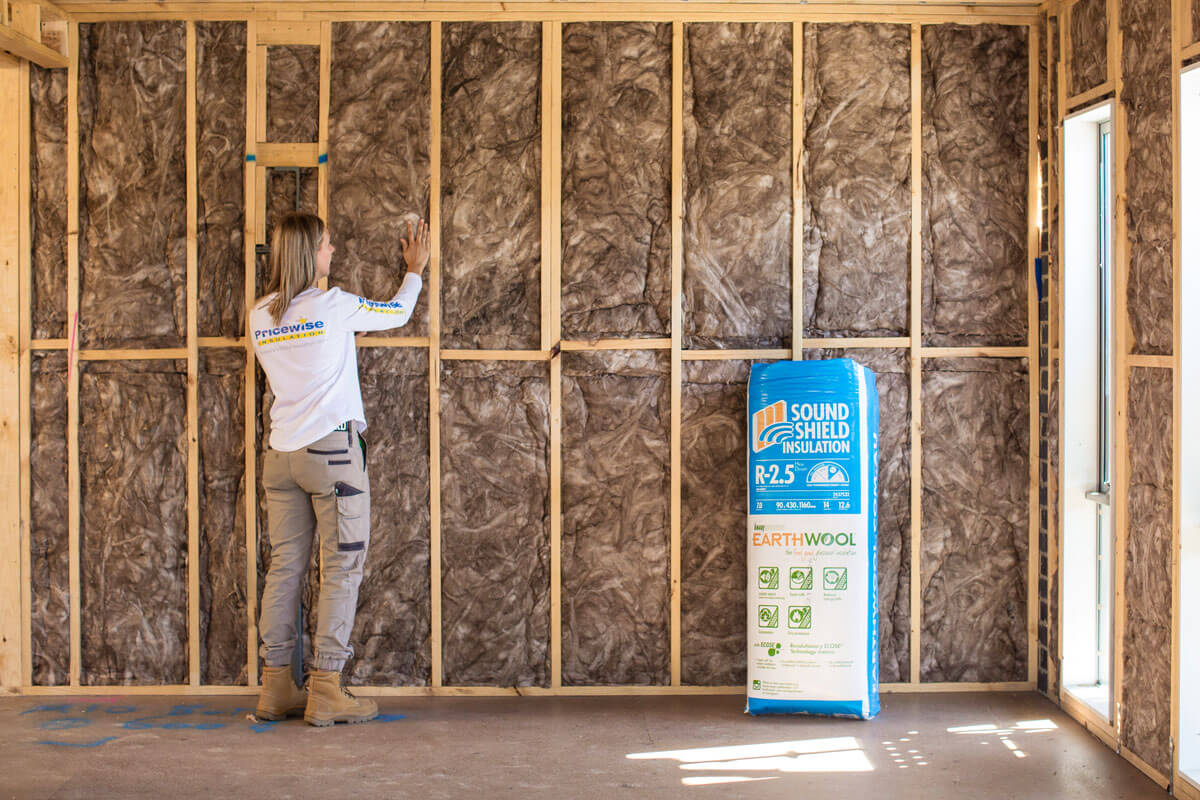
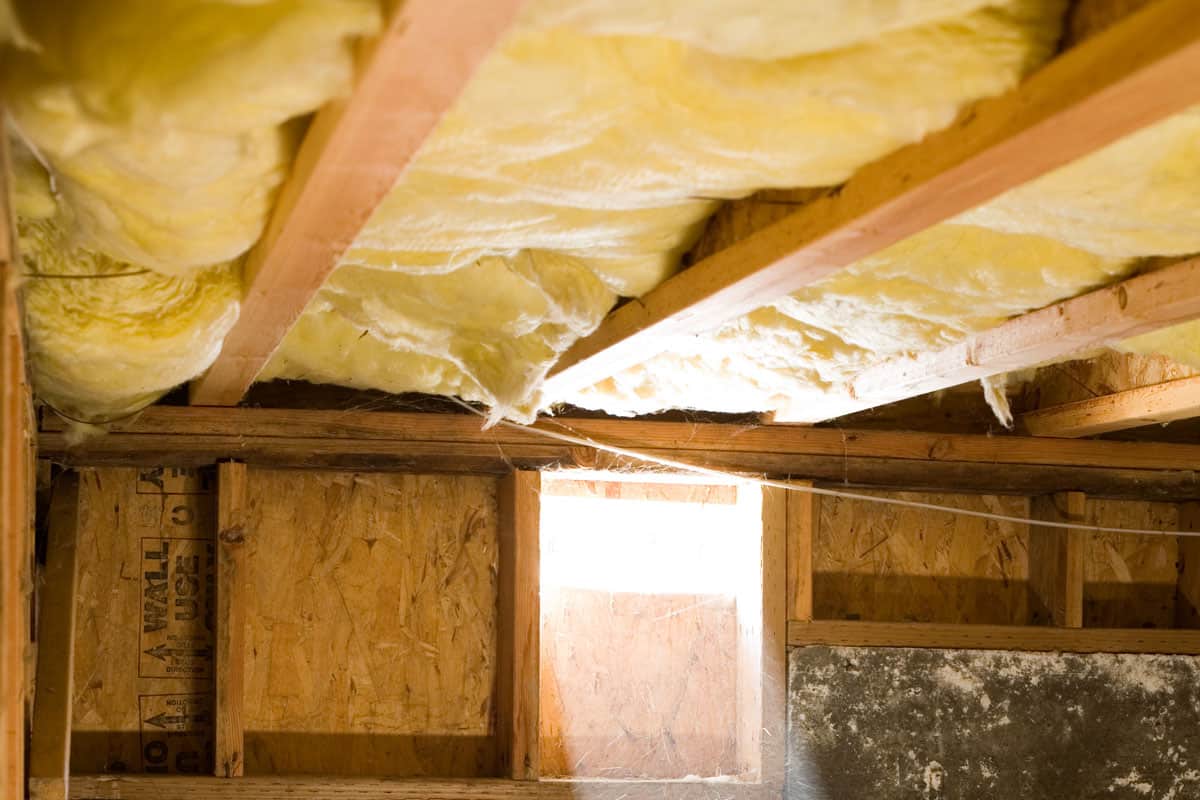
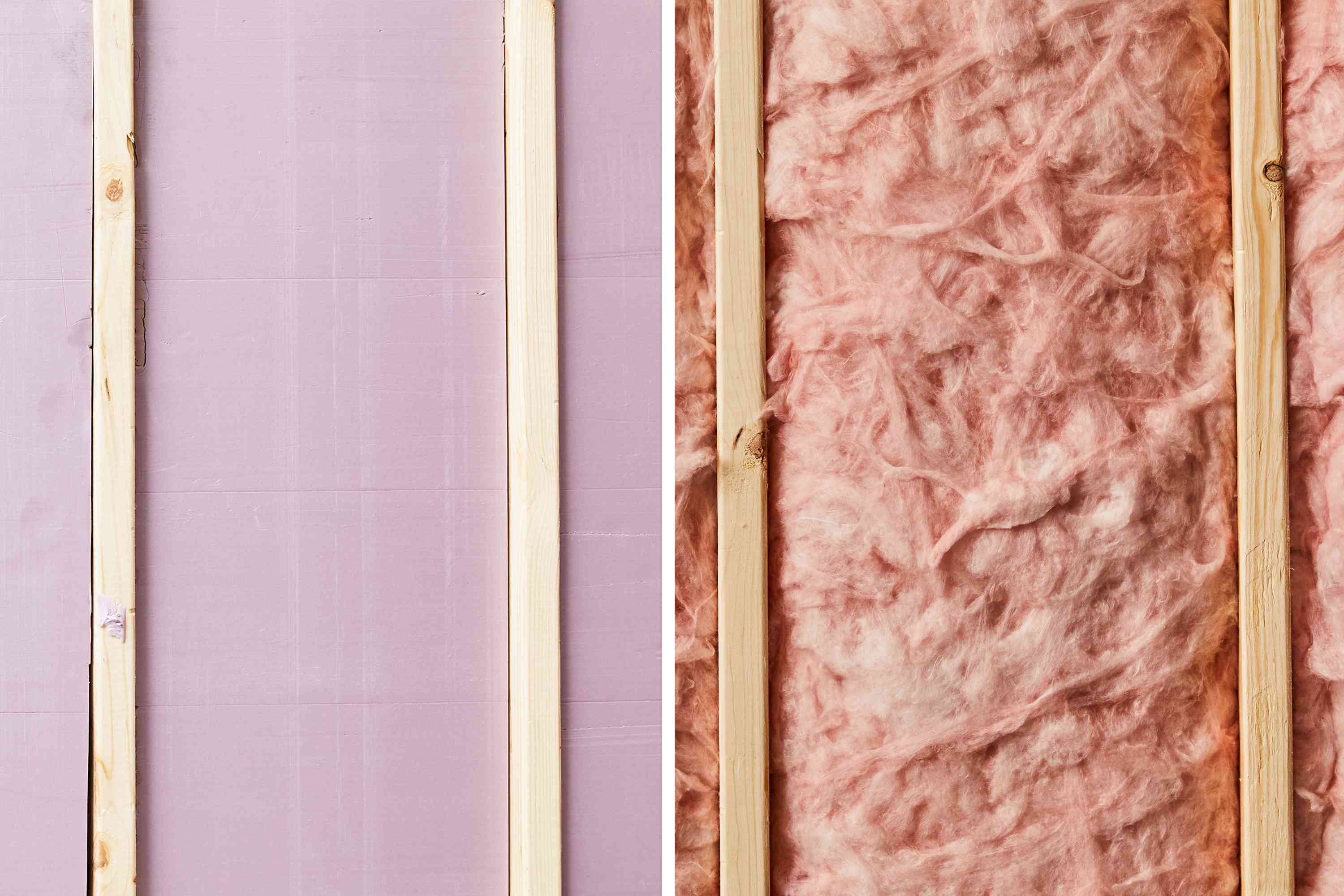
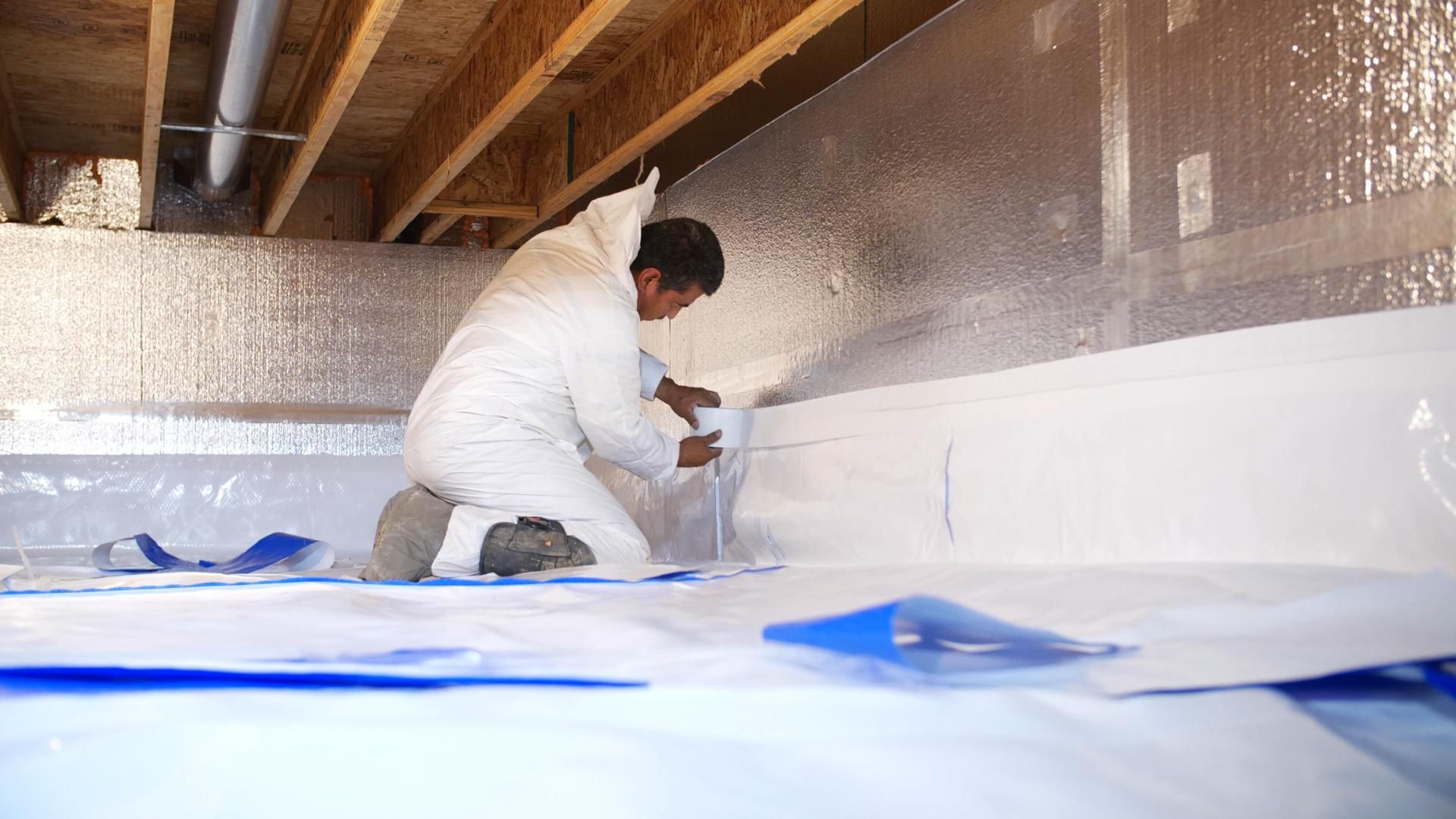
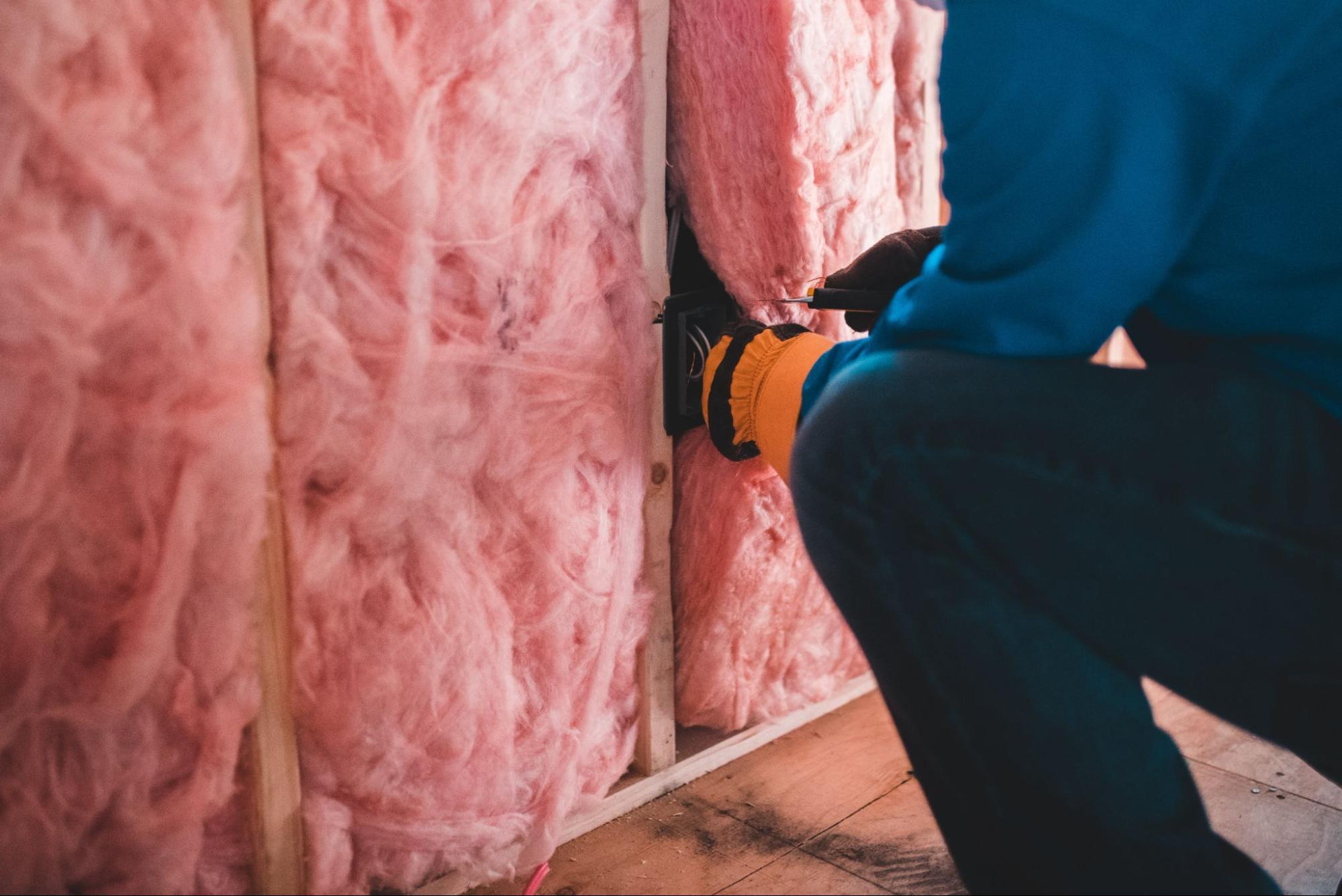

0 thoughts on “What Is R-15 Insulation”